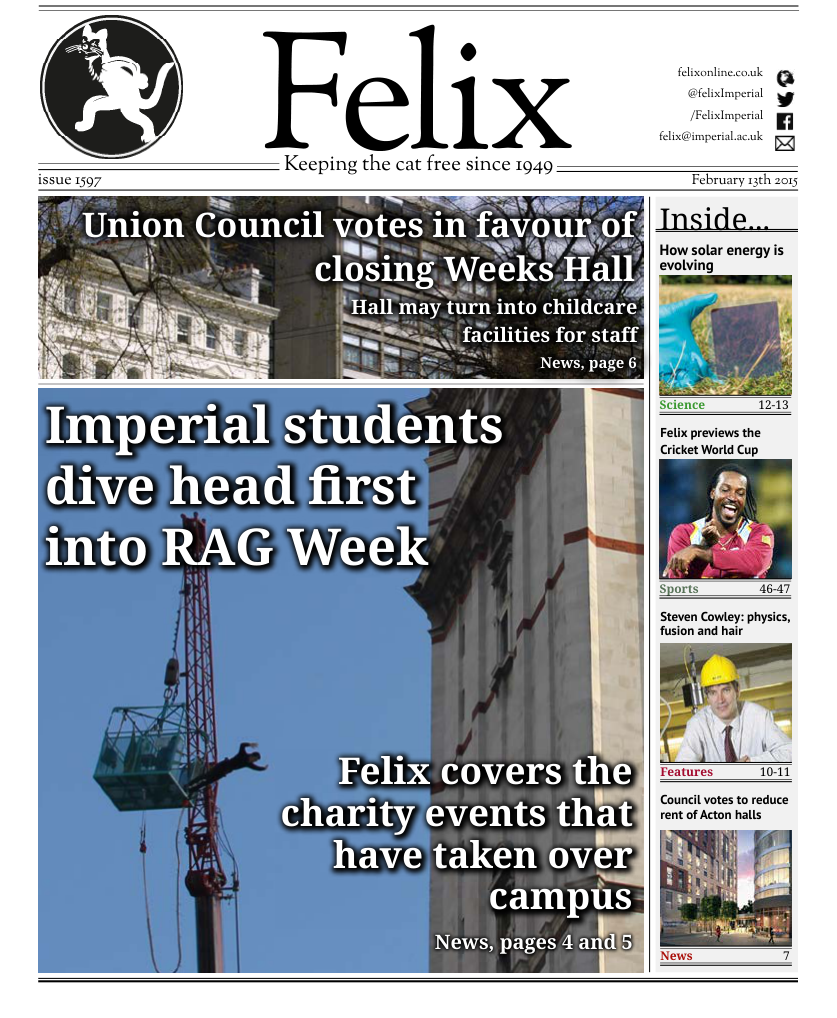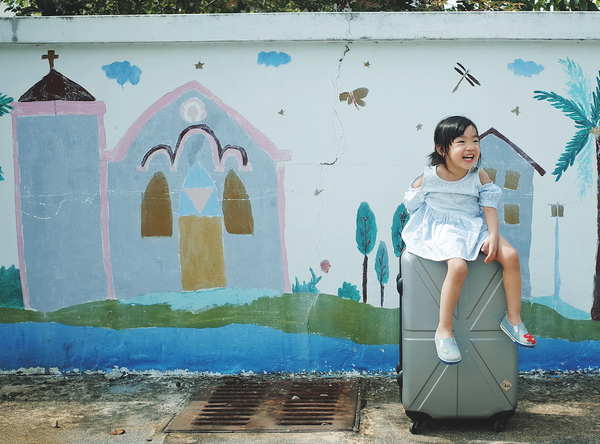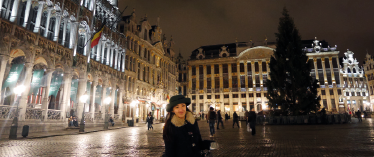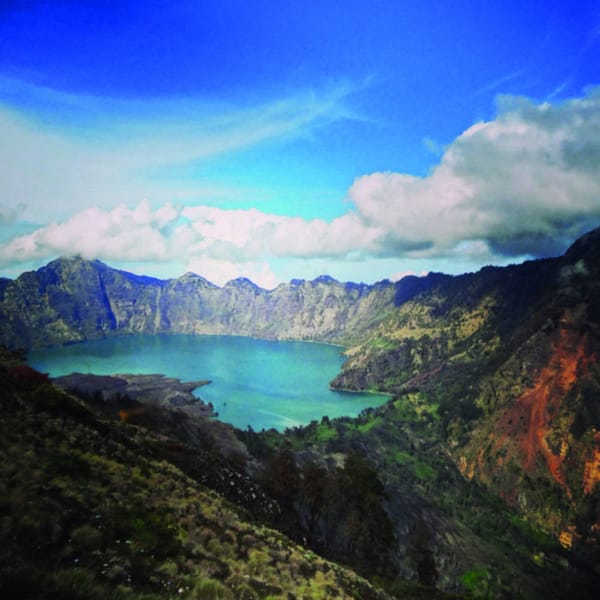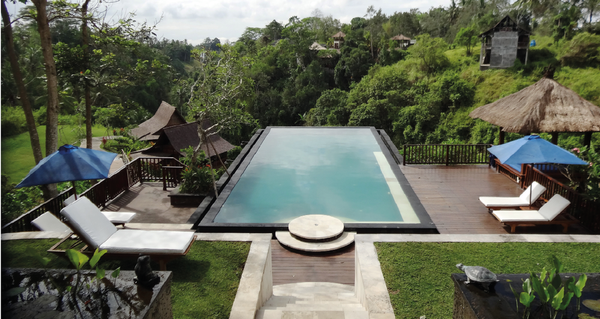Kickstarting my life in Mexico City
Aditya Narayanan discuss the arts and footballs in this dynamic capital as a new home
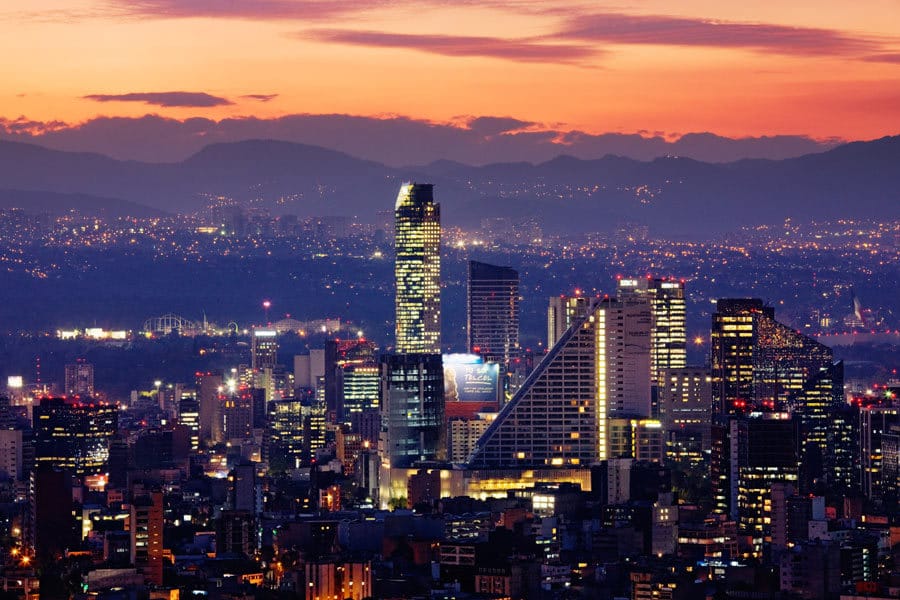
Mexico City glitters at night. Dots of yellow flow across the ground. Like a train of ants, they follow a path as if preordained, in a robotic line with no destination. I can feel the energy from my plane window.
Drugs. Violence. Human trafficking. The typical Western news cycle on most developing nations influences the opinions of people about Mexico more than most. India and China have oriental mysticism and South America has the untamed Amazon wilderness. Yet despite the centuries of Mayan and Aztec culture interacting with European colonists, press about Mexico is usually negative. Just weeks before I fly out I hear news that the bodies of 43 missing students have been discovered in nearby Guerrero state, in what looks like an orchestrated killing. I lose count of the amount of friends and relatives trying to convince me not to visit here, or to book with a tour company, but I was determined to go.
It is freezing when I land. A stark contradiction to the burnt out, barren vistas associated portrayed in the Speedy Gonzalez cartoons. As my taxi winds through the lamp lit streets I am surprised by how well maintained and organised the roads are, and the smooth flow of traffic. My opening meal is tacos al pastor, a local classic, and the perfect antidote to a hungry stomach.
Morning brings a trip to the campus of Mexico’s biggest university, Universidad Nacional Autonoma de Mexico, a sprawling mass of concrete unfolding over the area of a small city. The campus has a faded, 1970’s aesthetic to it, but with open green spaces and mazy walkways it retains an air of languid intellectualism. Complex murals stretch across the sides of buildings; a melange of Aztec myths and scientific discoveries blended so that neither appears incongruous.
If there is one form of artwork that could define Mexico City it is the murals. Broad splashes of colour draped across walls both inside and outside grandiose buildings, forming any manner of scenes from the historical to the geographical to the downright surreal. The main UNAM campus in Ciudad Universitario is one of the best examples, with the main library exterior fully dedicated to a variety of artwork.
Tributes to Galileo and Copernicus are flanked by graphics of indigenous myths, while a diagram of an atom is perched above a snapshot of a revolutionary demonstration and other other parts of the country’s history.
One of the most striking murals is a magnificent eagle rising over two wrestling figures embedded in the side of the Estadio Olimpico Universitario, a so called ‘3D mural’, for the sculpture elements it brings to the Mayan influenced architecture.
Likewise both the Palacio Nacional and the Supreme Court are just a couple of publicly accessible places whose interior corridors are decorated with murals by such luminaries as Diego Rivera, José Clemente Orozco and Arturo Garcia Bustos. However, both are on under police guard with no authorised entry. Developments in the case of the 43 students have gripped the nation in a state of palpable fury, not least because this particular case exposed a sinister link between politicians and the cartels. Public spaces and small parks everywhere are occupied by tents, protesters camping out to put pressure on the government for justice, and ‘43’ is daubed everywhere in graffiti. In conversation, most Mexicans express a strong distaste for the police, and this disconnect is magnified at the football.
While possessing an 80000 capacity stadium is not unusual for the average North American university, few if any can say they host a professional football team. Not least one of the country’s most storied and successful ones: the Pumas of UNAM. A 3D mural by Diego Rivera thrusts out of the magnificent, stubborn concrete bowl, its distinct indigenous influences only strengthening its imposing aura. It truly looks like it belongs of the era of the original Olympic games.
The walk to the stadium is abuzz with the onset of the Clausura. Vendors hawking food, drinks and Pumas memorabilia. I spot one cheekily selling items of Club America, the great rivals of Pumas who play their games at the equally iconic Azteca. Gun toting police in full riot armour peer grimly through their sunglasses as we are repeatedly checked for contraband. Even belts are banned from the inside.
The resentment is tangible, the safety checks pass without incident barring the ejection of those with fake tickets.
Although it seems that half the city is here, the two curvas at each end are empty apart from the visiting fans. I am positioned behind the ultras, the Rebels, in the Pebetero stand underneath where the Olympic flame was lit all those years ago. The Rebels are on their feet for 90 minutes, with intermittent bursts of silence bookending a never ending chorus of chants, led with the accompaniment of a drum and other instruments.
The chants of the Pumas fans are primarily is support of their own team, with the occasional obsession mocking of the opposition (or their arch rivals Club América). Aggression is only audible when insulting the cops; seen as complicit in perpetuating a broken, corrupt system. It is also interesting to note that women comprise a significant portion of the ultras (or fanaticos as they are termed here), and are often leading the chants with gusto - something almost unseen in Europe. It is a reminder that there are some lessons concerning discrimination that can be learned from less developed nations.
The match finishes in a disappointing 1-1 draw, with moments of quality conspicuous by their absence apart from a sublime assist for Pumas’ goal. Oddly, the feel of the match is almost exactly as I imagined from highlights of the 1970 and 1986 football World Cups, aided by the constant, concussive energy generated by the indefatigable Pumas fans and The Rebels in particular. For an introduction to Latin American football, even a half full stadium has been more exhilarating than I imagined.
No article about Mexico City would be complete without mentioning the legendary Frida Kahlo, who along with her husband Diego Rivera put Mexican art into the consciousness of the world. With her fusion of indigenous art styles with contemporary European surrealism, allied to longstanding socialist activism on behalf of the native Mexican cultures.
Her childhood house, the Casa Azul, is a monument to her life and work, all achieved despite suffering polio at 6 and a serious traffic accident at 18 which left her in a wheelchair. It is this defiance in the face of intense difficulty that continues to inspire Mexicans today.

